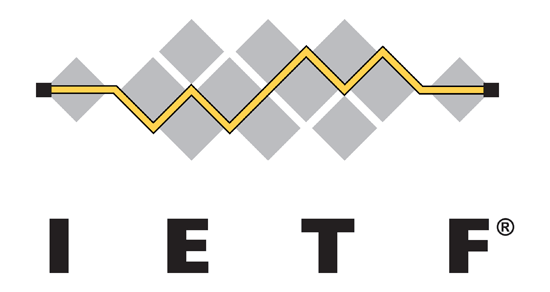Geoff Huston has established himself as perhaps the foremost authority on IP address markets. A senior researcher at APNIC, Geoff has tracked this issue for over a decade. He has recently posted a new blog entry at CircleID, to which I’ve commented. Here’s what I wrote there:
The fundamental basis for the article above is a lack of transparency within IP address markets. This is something that Bill Lehr, Tom Vest, and I worried about in our contribution to TPRC in 2008.
Amongst other things, transparency or its lack has the following effects:
- Assuming it is a goal, efficiency in markets demands transparency. When markets lack transparency, neither the buyer nor the seller know if they have gotten a good deal, because it could be that there existed either a buyer who would have paid for more, or a seller who would have sold for less, who was simply not identified. Is $10 per address a good price? There is at lest a tidbit of information from some of the brokers that indicates wide variance in the cost of IP address blocks. Whether that information is accurate, who cannot say? It is not required to be so.
- Network administrators and owners should be making informed decisions about how and when to move to IPv6. Absent pricing information regarding v4, there is uncertainty that is difficult to price. In this sense, hiding pricing information may actually encourage IPv6 deployment. Keep in mind that large institutions require years if not decades to make this sort of transition. Were I them, given the increased number of devices (if you can believe the numbers above, and I suggest that we take them with a grain of salt), I would start now to get out of this rigamarole. Heck, even with transparency, that only tells you today’s price, and not tomorrow’s. Certainly it is well worth researching methods to price this risk.
- It is important to know if there is an actor who is attempting to corner the market. Proper registration of purchases and sales provides an overview of whether dominant players are acquiring addresses beyond the needs of their customer base. Such acquisitions would have the impact of increasing costs for new entrants.
- Finally, the Internet Technical Community (whoever we are) need to know if new entrants are in fact unable to access the Internet because IPv4 addresses are too high, if we want to see the safe and secure growth of the Internet everywhere.
The funny aspect of all of this is that governments may already be able to track some pricing information retrospectively through, of all things, compulsory capital asset sale reports, such as the U.S. Form 1040 Schedule D. However, in general this information is confidential and not very fresh, and hence not sufficient to advance policy discussions.

